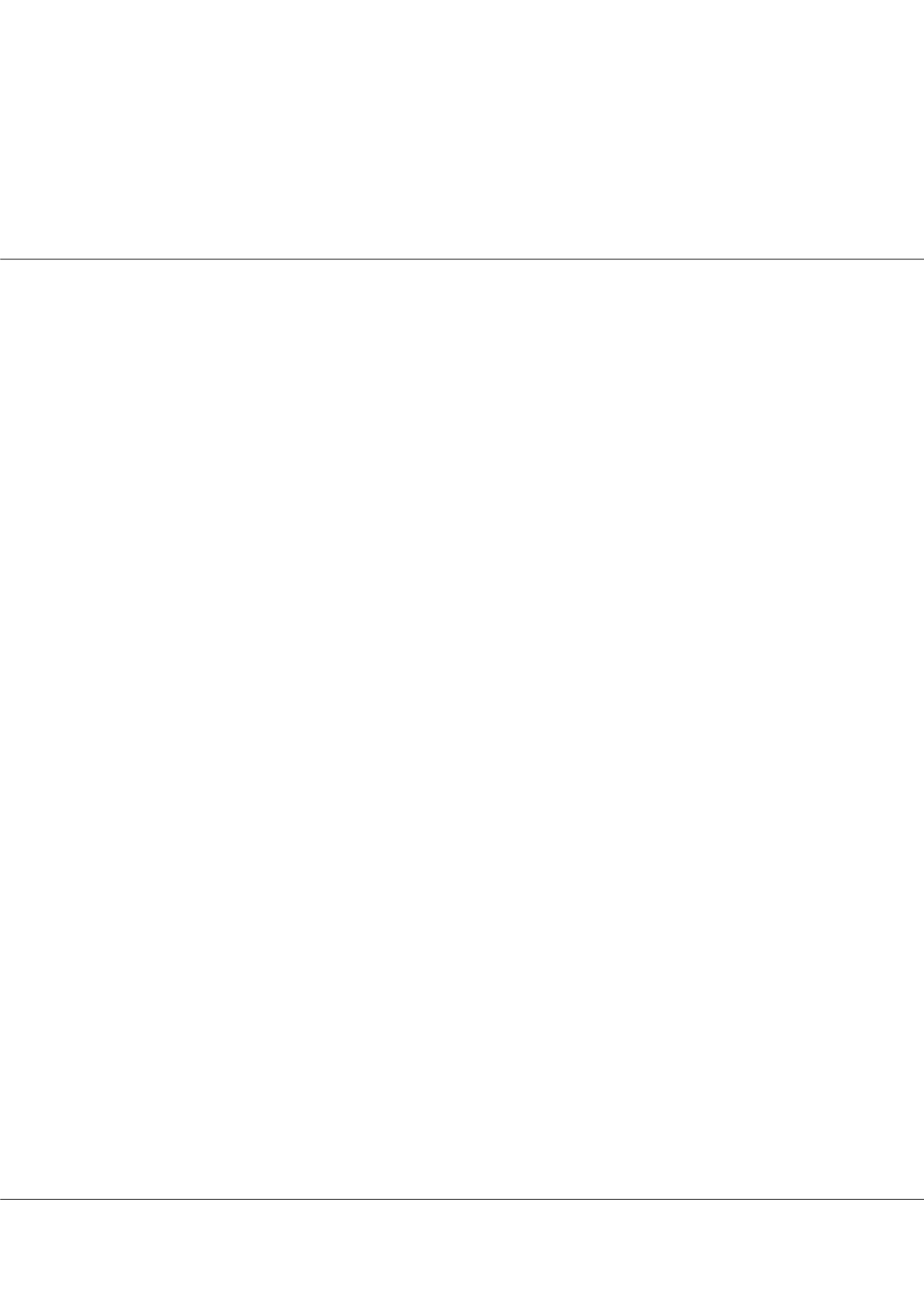

Volume 5, Issue 2 (Suppl)
J Tradi Med Clin Natur
ISSN: JTMCN, an open access journal
Page 80
Notes:
Traditional Medicine 2016
September 14-16, 2016
conferenceseries
.com
September 14-16, 2016 Amsterdam, Netherlands
6
th
International Conference and Exhibition on
Traditional & Alternative Medicine
Sujeong Mun et al., J Tradi Med Clin Natur 2016, 5:2 (Suppl)
http://dx.doi.org/10.4172/2167-1206.C1.003Are cold and heat patterns associated with resting energy expenditure and body composition?
Sujeong Mun, Kihyun Park, Kwang-Ho Bae, Dae-il Park, Siwoo Lee
and
Jong-hyang Yoo
Korea Institute of Oriental Medicine, Republic of Korea
E
valuating cold and heat patterns is a basic pattern identification component in traditional East Asian medicine. This study aims
to investigate the association of cold and heat pattern with resting energy expenditure (REE) and body composition. The cold
and heat pattern of 130 adults were evaluated with a self-administered questionnaire. REE and body composition were analyzed by
spearman’s correlation tests and regression analysis for their association with the cold and heat pattern. The cold pattern score (CPS)
was higher in women and heat pattern score (HPS) was higher in men. REE showed moderate correlation with the CPS (rho=-0.469,
p
<0.001) and HPS (rho=0.418,
p
<0.001). Fat free mass (FFM), body cell mass, the ratio of extracellular water (ECW) to intracellular
water (ICW), and the proportion of ICW and ECW in FFM were moderately correlated with the CPS and weakly correlated with the
HPS. A cold or heat preference and a cold or hot body sensation showed stronger correlations with metabolic measures than did other
parameters in the questionnaire. The CPS and HPS explained 25.5% of the REE variance, and the HPS was independently associated
with REE after adjusting for age, gender and FFM. Cold and heat patterns appear to be related to REE, and in particular, heat patterns
were independently associated with REE. Future studies are needed to investigate the biological basis and diagnostic value of these
findings.
Biography
Sujeong Mun is a Senior Researcher at Korea Institute of Oriental Medicine. Her recent research interest is to explore the association of patterns in traditional East
Asian Medicine with biological parameters.
azrain@kiom.re.kr















